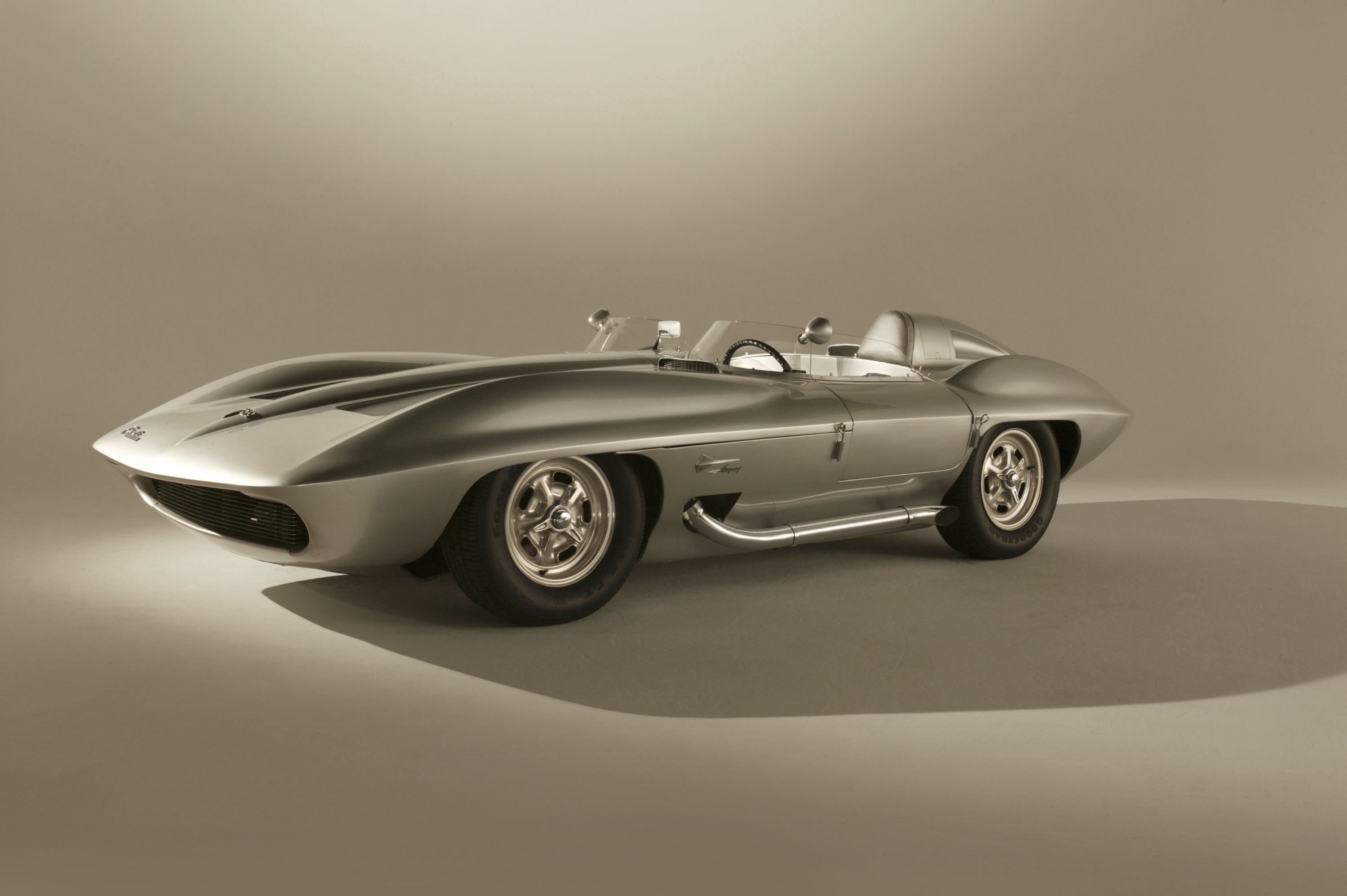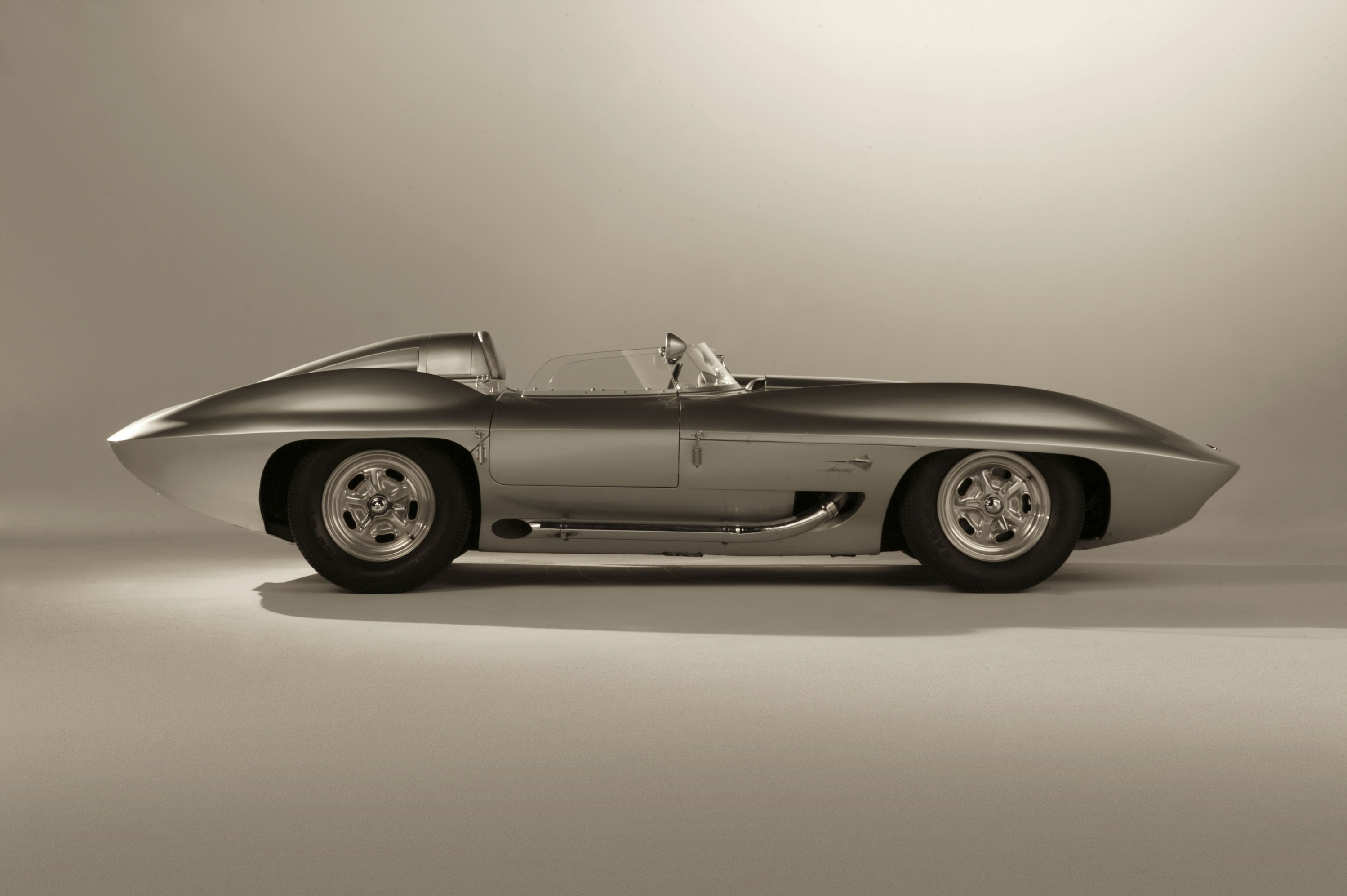Media | Articles
How 10 popular collector cars received their namesakes
Some car names have simple explanations based on alphanumeric sequences or engine displacement. Others are a little more colorful. Here’s the backstory behind 10 of them. How many did you already know? Any good stories we missed? Be sure to comment at the end of the story.
Alfa Romeo Giulietta

While Alfa is well known for its exotic pre-war racing machines that are now worth stupid money, it was the elegant little postwar sports car designed by Pininfarina that captured the imagination of generations, the 1954–58 Giulietta. It was named for a Shakespearean tragic heroine, Juliet Capulet.
“All Giulietta models featured unit-body construction and paired independent front suspension with a well-located live axle,” Alfa expert Donald Osborne wrote in a 2009 Hagerty magazine article.
Besides its great looks, the Giulietta was a surprisingly sophisticated sports car with roll-up windows, lots of room, an ample trunk, and a compliant ride.
Marketplace
Buy and sell classics with confidence
Emerging in 1956 was the endearing Spider Veloce model with Weber-dual choke carburetors and a hotter cam that put out 90 horsepower, a respectable number at the time.
Indeed, the original Giulietta was largely responsible making Alfa Romeo a household word in this country.
Bugatti Veyron

Bugatti’s 1,000-hp plus hypercar was named after Frenchman Pierre Veyron, a race driver, test engineer, and development engineer at Bugatti.
In his very first race, Veyron won the 1930 Geneva Grand Prix in a Bugatti Type 37A. He went on to enjoy a 20-plus-year driving career for Bugatti. Veyron may be best known for his 1939 win at Le Mans, where he co-drove the bulbous-looking Bugatti Type 57S Tank with another Frenchman, Jean-Pierre Wimille.
Chevrolet Corvette Sting Ray


GM Design czar Bill Mitchell used “Sting Ray” to christen his sleek 1959 race car, which so stunned the world that its shape and its name became the de facto choices for the second-generation Corvette launched as a 1963 model.
While predatory car names were just starting to surface, this one seemed a tad unusual. Mitchell was an avid deep-sea fisherman and was fascinated with the haunting movements of Sting Rays and sea creatures. Mako Shark and Manta Ray were used as names for later Corvette concepts. But not everyone was a fan of the Sting Ray name. In a Sept. 7, 1962 letter to Joe Callahan of Automotive News, Corvette chief engineer Zora Arkus-Duntov wrote, “I am favoring the name Corvette much more than Sting Ray. I sometimes have difficulty swallowing the association of Corvette with a fish not noted for its attractiveness nor nobility of character.”
The Sting Ray name, in either single or two-word form, was used on three generations of Corvette—C2, C3, and the current C7.
Ferrari Testarossa

Testarossa, Italian for “redhead,” is one of the sexier names for a car, and it seems appropriate that it referred to a Ferrari model in the 1980s and ’90s, as well as a series of 1950 Testa Rossas, many of which have sold for upwards of $35 million.
Lamborghini Miura

Bulls rule the stable when it comes to naming Lamborghini cars. Company founder Ferruccio Lamborghini was obsessed with bull fighting. He started the company back in the early 1960s, going from tractors to the ultra-sleek Italian beauties roaming the roads today. The Miura name came from Don Eduardo Miura, a noted bull breeder from the Andalusia area of Spain.
Other Lamborghini bull names include Gallardo, Aventador, and Murcielago. The latter was Spanish for “bat,” in addition to being the name of famous fighting bull. Ironically, the name of the most famous Lamborghini of all, the Countach, was not derived from a bull.
Nissan Fairlady


In North America it is known as the Z-car, which started out with the 240Z in the mid ‘70s and progressed through the ranks of 260Z, 280Z, and 300Z, all the way up to today’s 370Z. But in Japan, the Z-car is called the Fairlady, not the most masculine of names, especially for a hot little sports car.
According Carl Beck of the Internet Z-Car club, the Fairlady received its name from Mr. Katsuji Kawamata, President Of Nissan Motors Japan. “He felt that the name would invoke an image of beauty for the car, because people would think of the beauty of the music and the leading lady in that Broadway Musical.”
Beck added, “This is a common and accepted practice within the Japanese culture for selecting automotive names. It is not a usual cultural method here in the U.S, however, so Nissan more commonly used engine size and model numbers as model names for the U.S. market.”
Shelby GT350 and GT500

No, it’s not what you might think. The GT, of course, still stands for Grand Touring, but the 350 and 500 do not stand for engine displacement. According to Dennis Begley at TheCarSource.com, “It’s been said that the 350 came from a discussion at Shelby American while trying to come up with a name for the Cobra-Mustang. Carroll Shelby is said to have asked how many feet it was from the office to the workshop buildings. Phil Remington told him it was 350 feet. So it was called a GT350. The 350 was also 100 something larger than any GT Ferrari offered.”
While there is no definitive explanation on where the GT500 came from, the general consensus suggests that Shelby just liked the sound of the name.
Porsche 911 Carrera

This 911 name has a complicated story behind it. Porsche master historian Karl Ludvigsen wrote in Excellence Was Expected that the original name was supposed to be 901. “It has been an article of faith among Porsche enthusiasts that the 901 type number was applied because the car design was 901st project in the sequence of studies undertaken by the Porsche design office since its founding in 1930,” Ludvigsen wrote. “But such was not the case. “
Ludvigsen went on to explain. “In the early 1960s, Porsche was closely integrating its sales, parts, and service operations with those of Volkswagen. Porsche part numbers therefore needed to be compatible with those of VW. When a review was made of the number classes that were already in use on the Wolfsburg parts-control computers, it turned out that the only category that was still free was the 900 series. That’s why the new Porsche was 901 at first and why subsequent Porches have been numbered in the 900s.”
But there was a wrinkle. When the original 901 was shown at the 1963 Paris Auto Show, Peugeot took notice. Since introducing its first such model in 1929, Peugeot had been giving all its passenger car designations using two numbers with a zero between them such as 301, 401, etc. According to Ludvigsen, “Under French trademark regulations, Peugeot had the exclusive right to use such model names in France. Peugeot’s challenge could not be taken lightly. France was a vital export market for Porsche cars and Peugeot was no pipsqueak automaker. A solution had to be found and quickly. The 911 designation was adopted for marketing instead of 901.”
So how did racing names like Porsche 904 and 908 survive? “On that car’s behalf,” Ludvigsen wrote, “(Porsche racing czar Huschke) von Hanstein argued persuasively that Porsche had been using these numbers for cars that were on the market almost a full year without hearing as much as peep from Peugeot. The French maker had to concede Porsche’s right to keep doing so. Having won this concession, von Hanstein was quick to push his advantage using middle-zero names for several more Porsche competition models.”
The Carrera name, by the way, is Spanish for “race” and “career.” The Carrera name commemorates the company’s success in Mexico’s open-road Carrera Pan American race, held from 1950 to 1954.
Studebaker Avanti

As an attractive alternative to a Ford Thunderbird and the all-new Buick Riviera, the Studebaker personal luxury coupe was manufactured and marketed by Studebaker Corporation between June 1962 and December 1963. It was at a time when the company was struggling to stay alive. The name, Italian for “forward,” was inspired by the Studebaker CEO Sherwood Egbert, who wasn’t a car guy but felt compelled to do something that might save the marque. “He was looking for a halo car, a home run, something that would indicate what they were still capable of,” Studebaker historian John Hull said in a 2013 Hagerty magazine story.
Egbert supposedly drew a thumbnail sketch of the car while on a business trip and handed it over to Ray Loewy’s design team to execute. The team included Tom Kellogg, John Ebstein, and Bob Andrews. They had 40 days to arrive at a final proposal.
The public caught its first glimpse of the car at the New York Auto Show in April 1962. “It was new, daring, different, a shock,” Hull said. Ever since then, the Avanti has been a classic. Despite its appeal, Studebaker could neither build nor sell enough Avantis to save the company. The Avanti lived on, however, produced on various chassis under various owners through 2007, a real tribute to the power of the original Loewy-led design.
Triumph Spitfire

This one’s easy. The Triumph Spitfire, a small English two-seat roadster introduced in the early 1960s, was named after the famous British fighter plane, distinguished by its sleek fuselage and ultra-wide wings. The Spitfire was assembled at the Standard-Triumph works in Coventry. A coupe version with a straight-six engine known as the GT6 was also offered between 1966 and 1972. The Spitfire proved to be an enduring success. Spitfire production spanned 18 years and finally ended in 1980.

